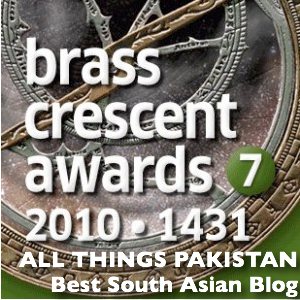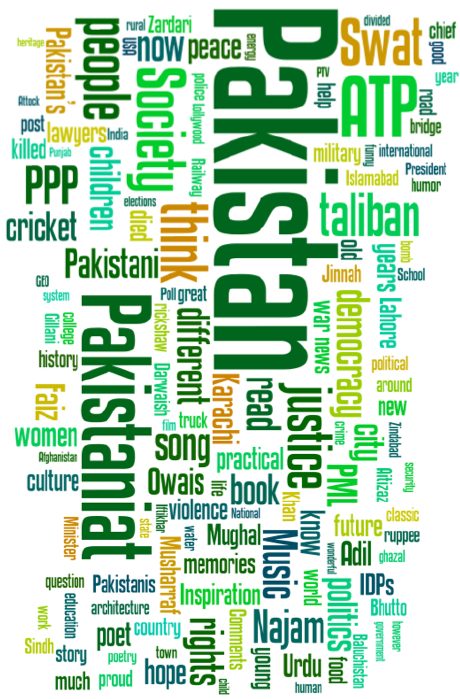It is Ramzan once again, an exciting part of the year for Muslims around the world. I have experienced Ramzan (also called Ramadan in some non-Urdu speaking countries) in many cities in many countries, and one thing that has always remained the same is the ritual of breaking fasts with dates (Khajoor). I have had dates at Iftar since childhood and now if dates are not available at Iftaar, I feel empty inside (in more ways than one). If I know that I may be traveling at Iftar time, I pack a few dates to go with me.
Dates are considered a delicious addition to confectioneries and food around the world. I have consumed dates in more ways than just popping one as is in my mouth . Palestinians make excellent cookies with dates. Afghans add dates and figs to their cakes. I have had scrumptious khajoor ka halwaa in Pakistan, and my mom would sometimes leave dates and almonds in milk overnight and give them to us in the morning. As a kid, I loved eating Khajji, which I understand to be a non-ripe date, but if you know more about it, please do elaborate. Oh, and what about Chouharay, which are ceremonially distributed after a Nikah ceremony. They are just dried khajoors, no?
My culinary experience with dates has expanded even more in the US. Dates are present in my favorite cereal, and I can highly recommend date and oatmeal cookies. Dates are added to pudding, breads, spreads, and even sparkling date juices. I have tried date-crusted Halibut fish, but somehow dates and salty food just don’t go well together for me. A few years ago I had tasty date ice-cream and a delightful date milkshake in Palm Springs, California. Speaking of Palm Springs, if you are ever in that part of the world, visit the “Romance Theatre: Romance and Sex Life of a Date”. It is an interesting exhibition on dates, their varieties, and life cycle in this difficult world.
 When Ramzan rolls around in Pakistan, one can find a date thela (stall) at every major intersection. Dates inevitably attract flies, but that is a part of the attractive visual when buying dates at the last minute. Naturally, washing dates thoroughly before eating is highly recommended. A quick search on google tells me that there are hundreds of varieties of dates (over 300 in Pakistan alone), but in the state of fasting, they somehow all seem the same to me. Soft, mushy, fibrous and honey dripping sweet. More accurately, the look, feel and taste of date depends largely on the glucose, fructose and sucrose content within.
When Ramzan rolls around in Pakistan, one can find a date thela (stall) at every major intersection. Dates inevitably attract flies, but that is a part of the attractive visual when buying dates at the last minute. Naturally, washing dates thoroughly before eating is highly recommended. A quick search on google tells me that there are hundreds of varieties of dates (over 300 in Pakistan alone), but in the state of fasting, they somehow all seem the same to me. Soft, mushy, fibrous and honey dripping sweet. More accurately, the look, feel and taste of date depends largely on the glucose, fructose and sucrose content within.
The Date Palm Phoenix dactylifera is a palm, extensively cultivated for its edible drupe fruit, also simply called date. According to Wikipedia, dates have been a staple food of the Middle East for thousands of years. The date palm is believed to have originated around the Persian Gulf, and has been cultivated in ancient times from Mesopotamia to prehistoric Egypt, possibly as early as 6000 BC. There is archaeological evidence of cultivation in eastern Arabia in 4,000 BC. In later times, Arabs spread dates around northern Africa and into Spain, and dates were introduced into California by the Spaniards in 1765, around Mission San Ignacio.
Dates grow in warm climates and the global annual production of dates is about 5.5 million metric tonnes. Egypt is the world’s largest producer (no, not Saudi Arabia as many Pakistanis somehow believe) with 1102 thousand tonnes, Iran is second with 900 thousand tonnes, Saudi Arabia next with 712 thousand tonnes, and Pakistan comes fourth with around 550 thousand tonnes of date production. Other major date producing countries include Iraq, Algeria, UAE, Oman, Sudan, Libya, China, and Tunisia. In the US, however, some of the best dates I have been able to find are either Califorian or Mexican Medjool dates.
 Makran, Khairpur and D.I. Khan are major date growing regions in Pakistan. Therhi, in district Khairpur occupies a central place in date processing in Pakistan, with more than a dozen date factories operating in the area. Commercially important date varieties from Pakistan include Aseel, Karbala, Fasli and Kupro of Sindh; Muzawati, Begum Jangi, Jaan Swore, Kehraba and Rabai of Balochistan; Dhakki and Gulistan of NWFP and a seedless variety of Punjab (Source: Pakistan Economist). Seedless dates, now you are talking! Have you ever tried dates where the seeds are replaced with almonds and pistachios? Stuffed dates are also becoming more common around the world as a dessert item.
Makran, Khairpur and D.I. Khan are major date growing regions in Pakistan. Therhi, in district Khairpur occupies a central place in date processing in Pakistan, with more than a dozen date factories operating in the area. Commercially important date varieties from Pakistan include Aseel, Karbala, Fasli and Kupro of Sindh; Muzawati, Begum Jangi, Jaan Swore, Kehraba and Rabai of Balochistan; Dhakki and Gulistan of NWFP and a seedless variety of Punjab (Source: Pakistan Economist). Seedless dates, now you are talking! Have you ever tried dates where the seeds are replaced with almonds and pistachios? Stuffed dates are also becoming more common around the world as a dessert item.
Pakistan consumes most of the dates it produces and only about 70 -100 thousand metric tonnes are exported annually. Major date importing countries of the world include India, UAE, France, UK and Germany. Among the Muslim countries, Bangladesh, Indonesia, and Malaysia are the largest non-date producing countries.
Given the growing use of dates in confectioneries, drinks and food, there is room for considerable growth for Pakistani farmers in this sector, especially if they were enabled to produce higher value-added products inside Pakistan. France, for example, imports dates, treats them and re-packages them for sale internationally at higher prices. Why couldn’t Pakistanis reap that extra profit? There have been several suggestions put forward for the development and growth of this agrcitultural sector, including proposals for a Date Palm Development Institute and a regional consortium of major date-exporting countries, but progress has been very slow.
Well, for now I am happy with a large box of dates in my refrigerator. I have bought enough to last beyond the Ramzan, just like my dad. But before I leave, here’s a recipe for making Khajoor ka halwa. I am trying it myself this weekend so let me know how yours turns out:
Ingredients:
Seedless dates (400 g)
Cashew-nuts (50g)
Badam/Almonds (50g)
Sugar (400g)
Khoya (50g)
Oil/ghee (3/4 cup)
Add half a cup of hot water to the dates and boil for 5 minutes. Remove from fire. Let it cool. Make it into a paste.
Soak badam in hot water for 15 minutes. Remove the skin. Soak the cashew also in hot water for 10 minutes. Grind both the badam and the cashew into a thick paste.
In a broad thick bottomed vessel add the date paste and the sugar. Mix and stir well for 5 minutes continuously till a smooth mass is formed. Then add sugar and khoya and mix well, and then only keep the vessel on fire. Stir well continuously on a low flame, when the mixture reaches the boiling point.
Add oil in small quantities, mix and stir well, till the mixture leaves the sides of the vessel. To check the end point, if you take a little mixture of this and make it into a ball with the help of the tip of your fingers it should not stick. Now, remove from fire. Let it cool . Roll flat and cut into squares for serving.




















































your article is very nice you are solved my assignment problem i am very thank ful to for that
thanks
nazeer ahmed chachar
nachachar@yahoo.com
After many years, I just purchased a pack of dates inspite of being a diabetic. well being a health concious person to allay my fears I turned to Dr. Google where I read your excellant paper on dates. [Diabetes be damned] Beleive me, my mouth was set watering by your treatise on dates. This seems to be just the same as we Goans love fish.
Goa, India